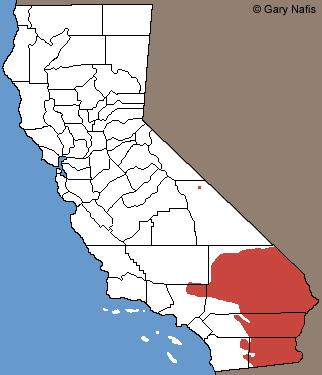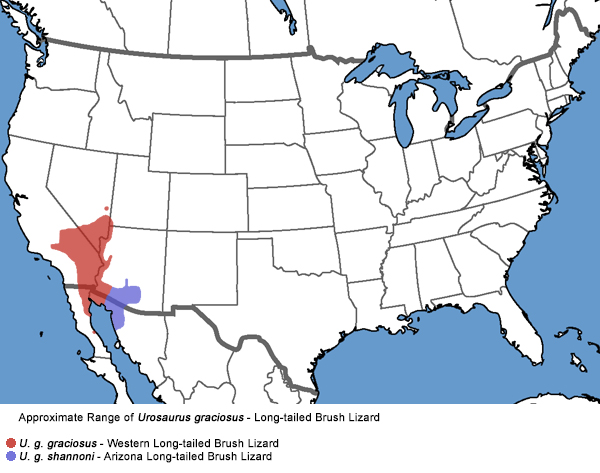Long-tailed Brush Lizard - Urosaurus graciosus
Western Long-tailed Brush Lizard -
Urosaurus graciosus graciosus
Hallowell, 1854
Description • Taxonomy • Species Description • Scientific Name • Alt. Names • Similar Herps • References • Conservation Status
 |
||||||||||||||||||||||||||||||||||||||||||||||||||||||
| Adult male, Imperial County | ||||||||||||||||||||||||||||||||||||||||||||||||||||||
 |
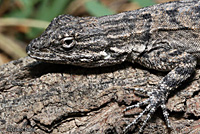 |
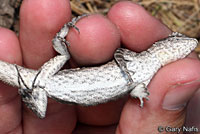 |
||||||||||||||||||||||||||||||||||||||||||||||||||||
| Adult female in dark phase, Imperial County | ||||||||||||||||||||||||||||||||||||||||||||||||||||||
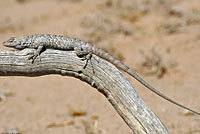 |
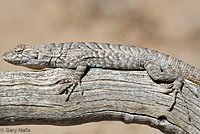 |
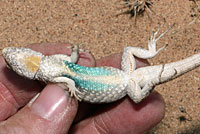 |
||||||||||||||||||||||||||||||||||||||||||||||||||||
| Adult male, Imperial County | ||||||||||||||||||||||||||||||||||||||||||||||||||||||
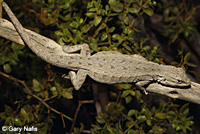 |
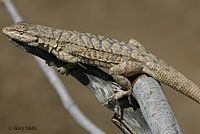 |
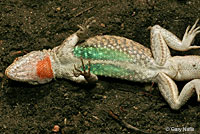 |
||||||||||||||||||||||||||||||||||||||||||||||||||||
| Adult, San Diego County, found sleeping on a creosote bush at night. | Adult male, Imperial County | |||||||||||||||||||||||||||||||||||||||||||||||||||||
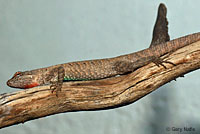 |
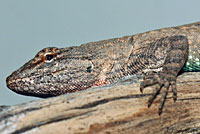 |
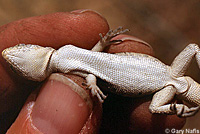 |
||||||||||||||||||||||||||||||||||||||||||||||||||||
| Adult male, Imperial County | Adult female, Imperial County | |||||||||||||||||||||||||||||||||||||||||||||||||||||
 |
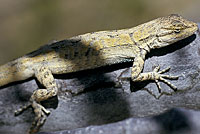 |
|||||||||||||||||||||||||||||||||||||||||||||||||||||
| Adult male, Imperial County | ||||||||||||||||||||||||||||||||||||||||||||||||||||||
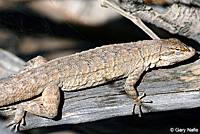 |
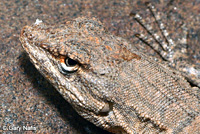 |
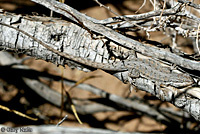 |
||||||||||||||||||||||||||||||||||||||||||||||||||||
| Adult male, Imperial County | Adult male, Imperial County (notice the salt excreted from the right nostril. | Adult, Imperial County | ||||||||||||||||||||||||||||||||||||||||||||||||||||
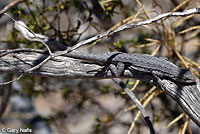 |
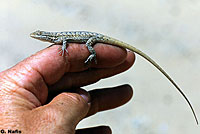 |
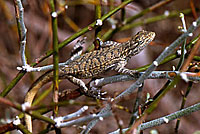 |
||||||||||||||||||||||||||||||||||||||||||||||||||||
| Adult, Imperial County | Adult female, Imperial County | Adult, Imperial County | ||||||||||||||||||||||||||||||||||||||||||||||||||||
 |
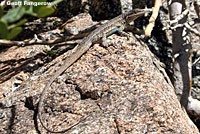 |
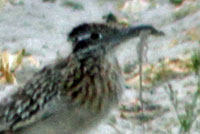 |
||||||||||||||||||||||||||||||||||||||||||||||||||||
| Adult in a typical setting inside a creosote bush, Imperial County. |
Adult, eastern Riverside County © Geoff Fangerow |
I saw this Long-tailed Brush Lizard fall prey to a Roadrunner in San Diego County, then chased the bird around an orchard for 15 minutes until it stopped long enough for this fuzzy telephoto shot. | ||||||||||||||||||||||||||||||||||||||||||||||||||||
 |
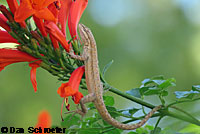 |
 |
||||||||||||||||||||||||||||||||||||||||||||||||||||
| While the Long-tailed Brush Lizard has evolved to live mostly on creosote bushes, it can also live on trees and other vegetation. This adult is perched on a Cape Honeysuckle eating insects in a Palm Desert, Riverside County backyard. © Dan Schroeter |
This dead Long-tailed Brush Lizard has been hung on the thorns of a shrub in the Clark County Nevada desert by a Loggerhead Shrike, a predatory songbird that sometimes saves its prey to eat later by hanging it on something sharp like thorns or barbed wire. © Zachary Cava | |||||||||||||||||||||||||||||||||||||||||||||||||||||
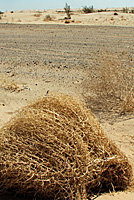 |
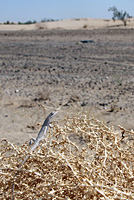 |
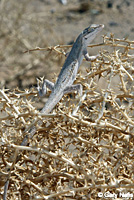 |
||||||||||||||||||||||||||||||||||||||||||||||||||||
| Juvenile, Imperial County. | ||||||||||||||||||||||||||||||||||||||||||||||||||||||
| I spotted a small lizard on top of a dead tumbleweed apparently basking in the 95 degree heat next to some sand dunes. It turned out to be a long-tailed brush lizard that apparently had taken up residence in the bush since there were no large creosote or other bushes within about 10 meters. The large brush is probably used by the adults and the juveniles have to take what they can get. When I got too close for comfort, the lizard descended down into the tumbleweed for safety. |
||||||||||||||||||||||||||||||||||||||||||||||||||||||
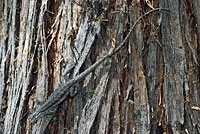 |
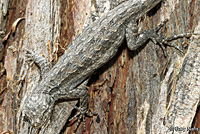 |
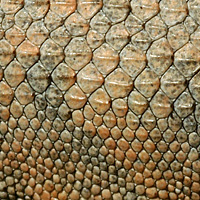 |
||||||||||||||||||||||||||||||||||||||||||||||||||||
| Adult on a tree, Yuma County, Arizona | The Western Long-tailed Brush Lizard has a mixture of small granular scales and larger weekly-keeled scales on the dorsal surface. | |||||||||||||||||||||||||||||||||||||||||||||||||||||
| Comparison with Similar Sympatric Species | ||||||||||||||||||||||||||||||||||||||||||||||||||||||
Ther are two other similar species of lizards that are found in California and share part of the range of the Western Long-tailed Brush Lizard - the Small-scaled Lizard and the Tree Lizard. The long-tailed brush lizard has a longer tail than the other two species, but since the tail is easily lost and re-grown that characteristic is not always reliable. |
||||||||||||||||||||||||||||||||||||||||||||||||||||||
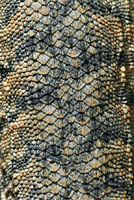 |
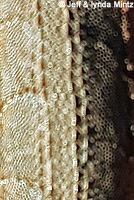 |
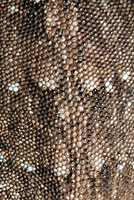 |
||||||||||||||||||||||||||||||||||||||||||||||||||||
| Western Long-tailed Brush Lizard - Urosaurus graciosus The wide band of enlarged weekly-keeled scales on the back of the Western Long-tailed Brush Lizard is not split in the center by a band of smaller scales. These enlarged scales are larger than those of the Small Scaled Lizard (Baja California Brush Lizard.) |
Tree Lizard - Urosaurus ornatus This tree lizard appears to be the Colorado River Tree Lizard - U. o. symmetricus, the subspecies found in California. It was found in Barstow, outside of the known range of this subspecies, but the scales on the back show wide scales on the back that are split in the center by a large band of smaller scales that is typical of this subspecies. Another example can be seen here: H.E.R.P. Database |
Small-Scaled Lizard - Urosaurus microscutatus The Small-scaled Lizard has a band of slightly-enlarged scales on the middle of the back that are not split in the center by a band of smaller scales. These enlarged scales are smaller than those of the Western Long-tailed Brush Lizard. |
||||||||||||||||||||||||||||||||||||||||||||||||||||
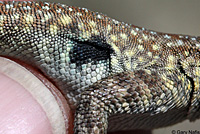 |
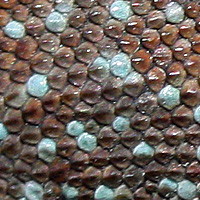 |
|||||||||||||||||||||||||||||||||||||||||||||||||||||
| Western Side-blotched Lizard - Uta stansburaiana The Western Side-blotched Lizard has small scales on the back with no band of enlarged scales in the middle, and typically has a large dark blotch on the sides behind the front legs. |
||||||||||||||||||||||||||||||||||||||||||||||||||||||
| Habitat | ||||||||||||||||||||||||||||||||||||||||||||||||||||||
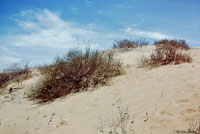 |
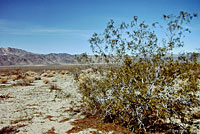 |
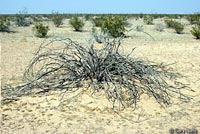 |
||||||||||||||||||||||||||||||||||||||||||||||||||||
| Habitat, sand dunes, Imperial County | Habitat, with Creosote bush, Riverside County |
Habitat, dead Creosote bush, Imperial County |
||||||||||||||||||||||||||||||||||||||||||||||||||||
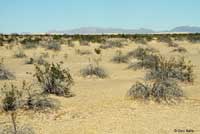 |
 |
 |
||||||||||||||||||||||||||||||||||||||||||||||||||||
| Habitat, Imperial County | Habitat along the western side of the Colorado River in Imperial County where brush lizards were observed in trees. |
|||||||||||||||||||||||||||||||||||||||||||||||||||||
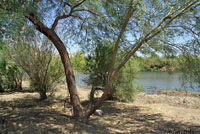 |
||||||||||||||||||||||||||||||||||||||||||||||||||||||
| Habitat next to Colorado River, Yuma County, Arizona |
||||||||||||||||||||||||||||||||||||||||||||||||||||||
| Short Videos | ||||||||||||||||||||||||||||||||||||||||||||||||||||||
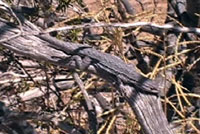 |
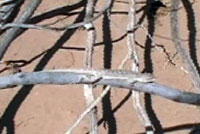 |
|||||||||||||||||||||||||||||||||||||||||||||||||||||
| We slowly move up to and into the middle of a Creosote bush to find a Long-tailed Brush Lizard on a branch resting motionless and relying on its camouflage to stay hidden. | A Long-tailed Brush Lizard moves along a branch. | |||||||||||||||||||||||||||||||||||||||||||||||||||||
|
||||||||||||||||||||||||||||||||||||||||||||||||||||||
|
||||||||||||||||||||||||||||||||||||||||||||||||||||||
|
The following conservation status listings for this animal are taken from the July 2025 State of California Special Animals List and the July 2025 Federally Listed Endangered and Threatened Animals of California list (unless indicated otherwise below.) Both lists are produced by multiple agencies every year, and sometimes more than once per year, so the conservation status listing information found below might not be from the most recent lists, but they don't change a great deal from year to year.. To make sure you are seeing the most recent listings, go to this California Department of Fish and Wildlife web page where you can search for and download both lists: https://www.wildlife.ca.gov/Data/CNDDB/Plants-and-Animals. A detailed explanation of the meaning of the status listing symbols can be found at the beginning of the two lists. For quick reference, I have included them on my Special Status Information page. If no status is listed here, the animal is not included on either list. This most likely indicates that there are no serious conservation concerns for the animal. To find out more about an animal's status you can also go to the NatureServe and IUCN websites to check their rankings. Check the current California Department of Fish and Wildlife sport fishing regulations to find out if this animal can be legally pursued and handled or collected with possession of a current fishing license. You can also look at the summary of the sport fishing regulations as they apply only to reptiles and amphibians that has been made for this website. This animal is not included on the Special Animals List, which indicates that there are no significant conservation concerns for it in California. |
||
| Organization | Status Listing | Notes |
| NatureServe Global Ranking | ||
| NatureServe State Ranking | ||
| U.S. Endangered Species Act (ESA) | None | |
| California Endangered Species Act (CESA) | None | |
| California Department of Fish and Wildlife | None | |
| Bureau of Land Management | None | |
| USDA Forest Service | None | |
| IUCN | ||
|
|
||
Return to the Top
© 2000 -

